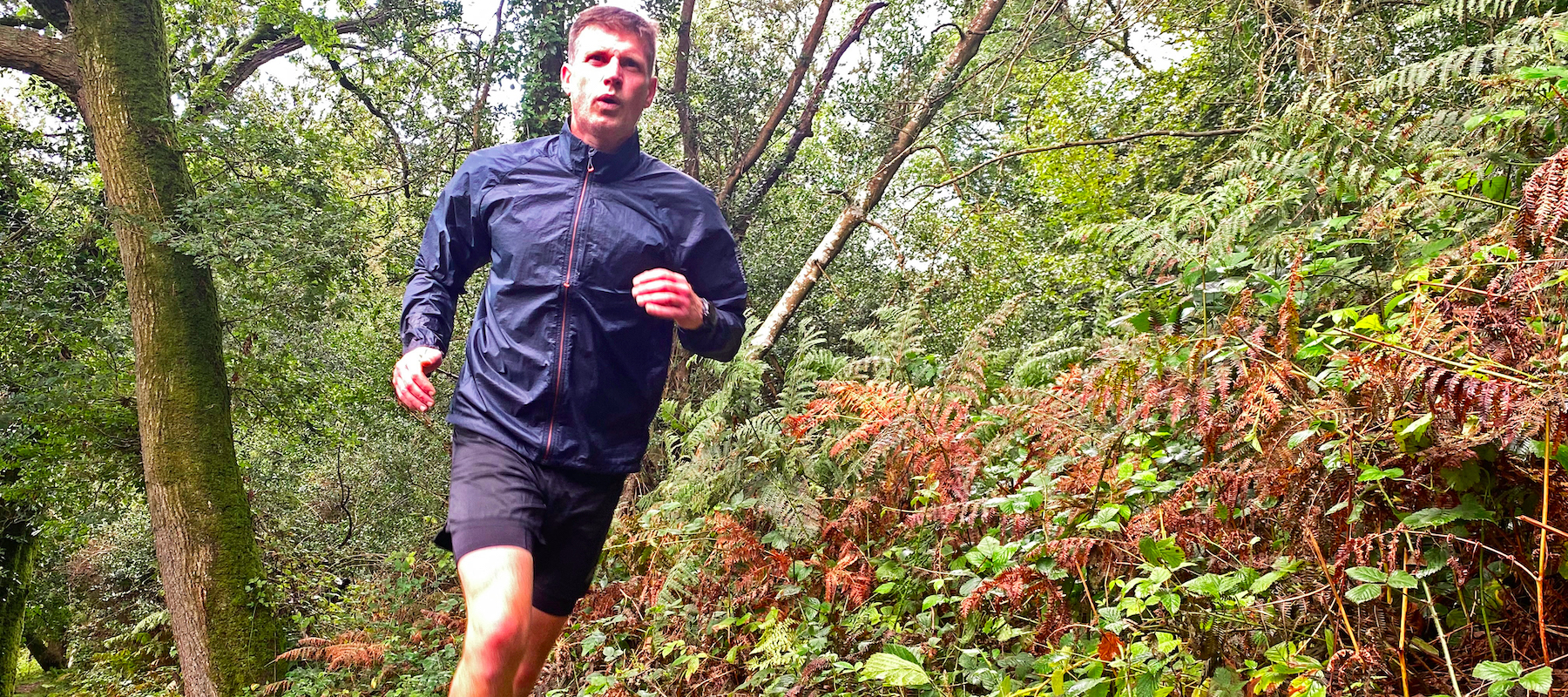Advnture Verdict
Lightweight, easy to carry when not in use and highly functional when worn, the minimally insulated Sense Flow jacket is ideal for shoulder season running escapades, when the really warm weather is fast becoming a memory and a cold wind is whipping across the hills with mischief on its mind.
Pros
- +
Windproof
- +
Very lightweight
- +
Intelligently vented for breathability
- +
Low volume and easy to stash
- +
Zip pocket
- +
Reflective details
Cons
- -
Not waterproof
- -
No recycled content
- -
Limited colors
- -
Slim fit won’t suit everyone
- -
Pricey
You can trust Advnture
Salomon Sense Flow: first impressions
The Salomon Sense Flow jacket instantly impressed me with its almost ridiculously featherlight weight and easy packability. This is clearly a lightweight running jacket that’s been designed to be carried as much as worn, and it works brilliantly as a just-in-case measure on many runs – an insurance policy against temperatures that suddenly plunge when you’re out on the trails.
• List price: $170 (US) / £155 (UK)
• Weight: men’s: 4.4oz / 125g; women’s: 4.2oz / 120g
• Materials: Ripstop outer with synthetic insulation on the inside
• Colors: men’s: Carbon; women’s: Carbon / Peach Amber
• Compatibility: Ideal for battling windchill in the fall and spring
Once you do put it on, several things become instantly clear. It has a trim fit, with very little in the way of excess fabric left to flap around, and this is something to consider if you’re wavering between sizes (if in doubt, go for the larger option).
It’s also important to note that the Sense Flow is not waterproof, and neither does it claim to be (other waterproof running jackets are available). Although there is some insulation across the top of the body and arms, its main role is to protect you from the wind, and it does that with style. But at the same time, the jacket also boasts some intelligent venting – especially on the back panel – which allows you to breathe.
Salomon Sense Flow: on the trails
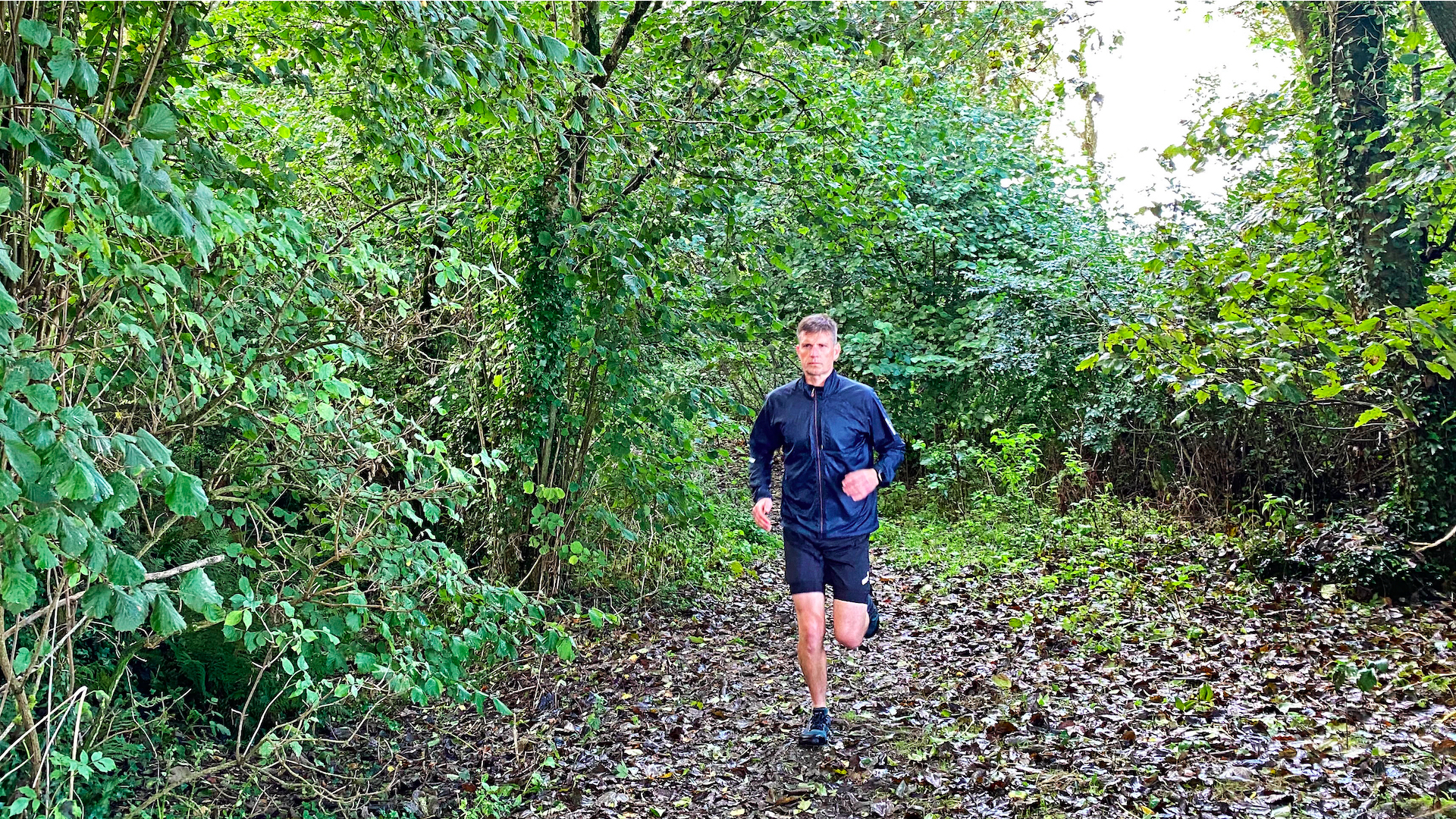
As mentioned, the new Salomon Sense Flow jacket is extremely lightweight and very easy to stuff into a hydration pack or a pocket in a running pack (although it is a slight shame that it hasn’t been designed to stash away in its own pocket).
Of course, excellent portability is no good if a coat isn’t effective when you do put it on, so I’ve been testing the Sense Flow all through fall – which is the exactly the time of year a garment like this comes into its own – to see how it compares with the competition.
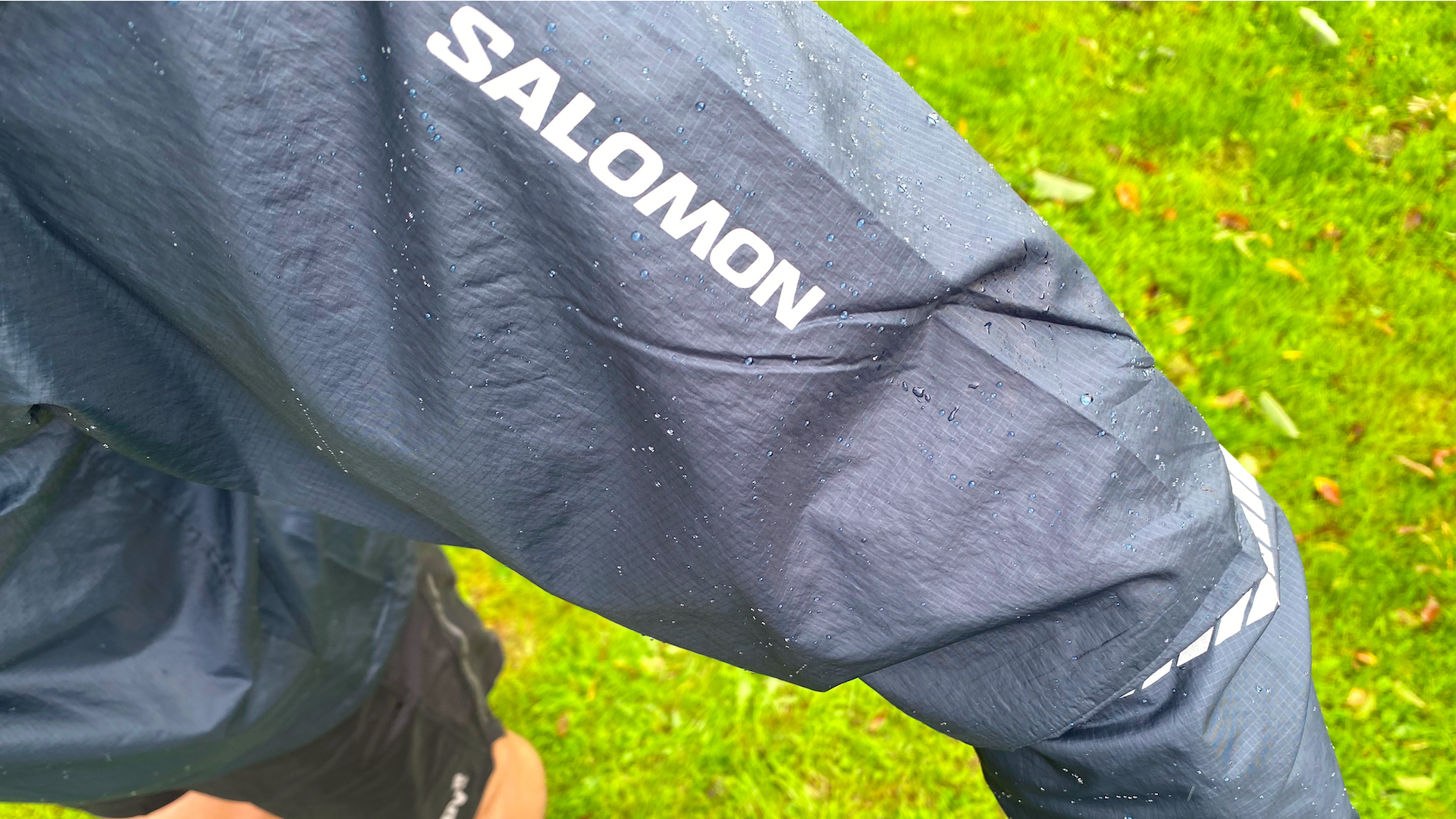
For a very lightweight running jacket, there is a lot going on here. The Flow features a thin layer of synthetic insulation on the inside, which does a reasonable job of keeping you warm, but reducing windchill is definitely its main focus, and to this end it zips right up to the chin, and features thumb loops on the cuffs to cut out breezes and stop sleeves rolling up your arm.
The Sense Flow also has some well-thought-through features to allow airflow and ventilation, to prevent you from overheating. For starters, it has a full zip, so you can throw the jacket wide open to dump heat quickly when necessary, but a popper on the chest also allows you to keep the coat semi-secured while the zip is partially or even fully open. There’s also a series of vents on the rear of the jacket that allow your back to breathe without letting cold air in.
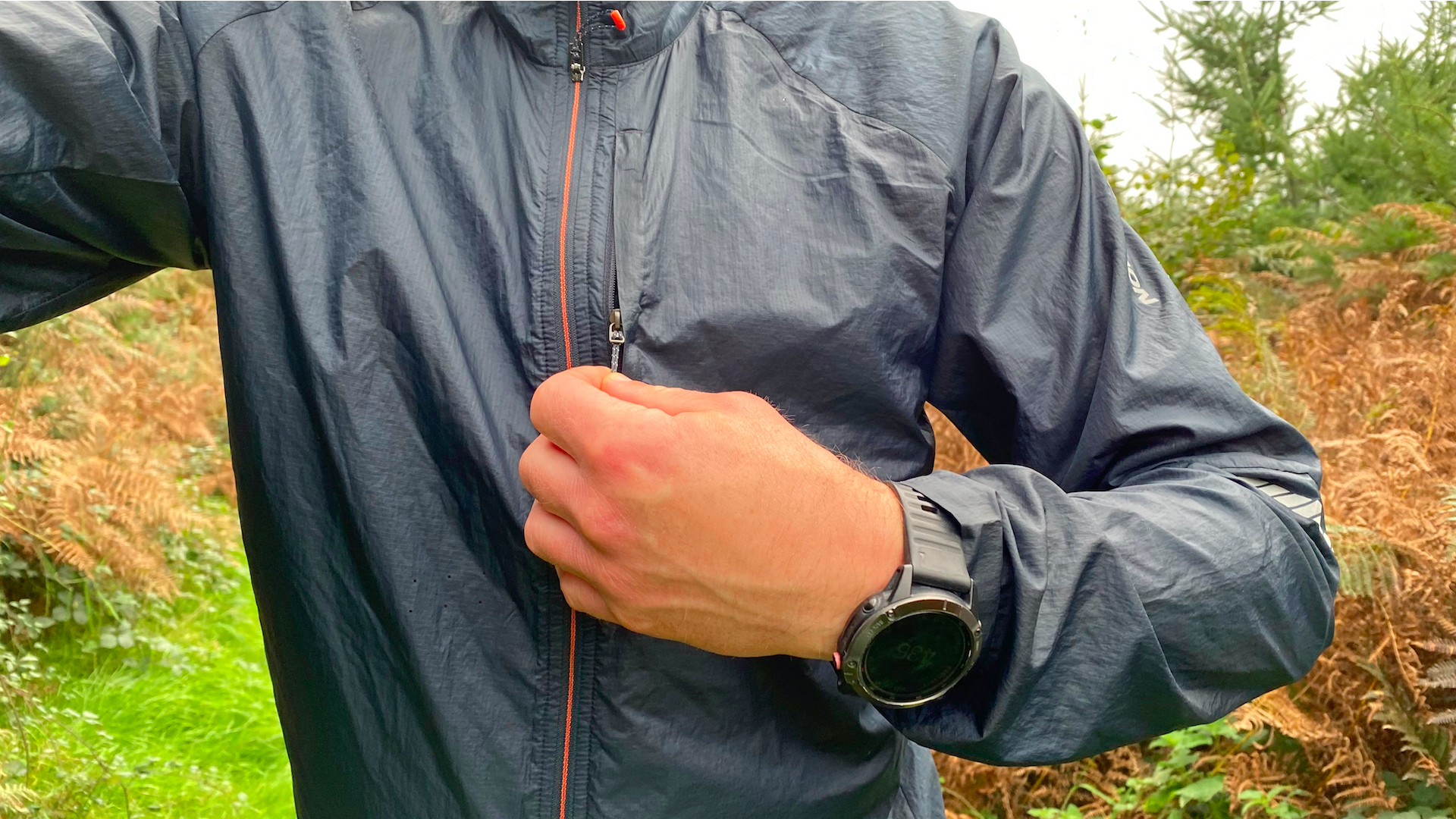
Additional useful features include an adjustable waist chord and a zipped pocked on the chest for carrying some cash, keys or a gel. There are reflective elements on the sleeves for safety when you’re sharing lanes and roads with traffic, but I would have liked a few reflectors on the back of the jacket too. All the zips have pull chords so you can operate them easily even with cold hands or when you have running gloves on.
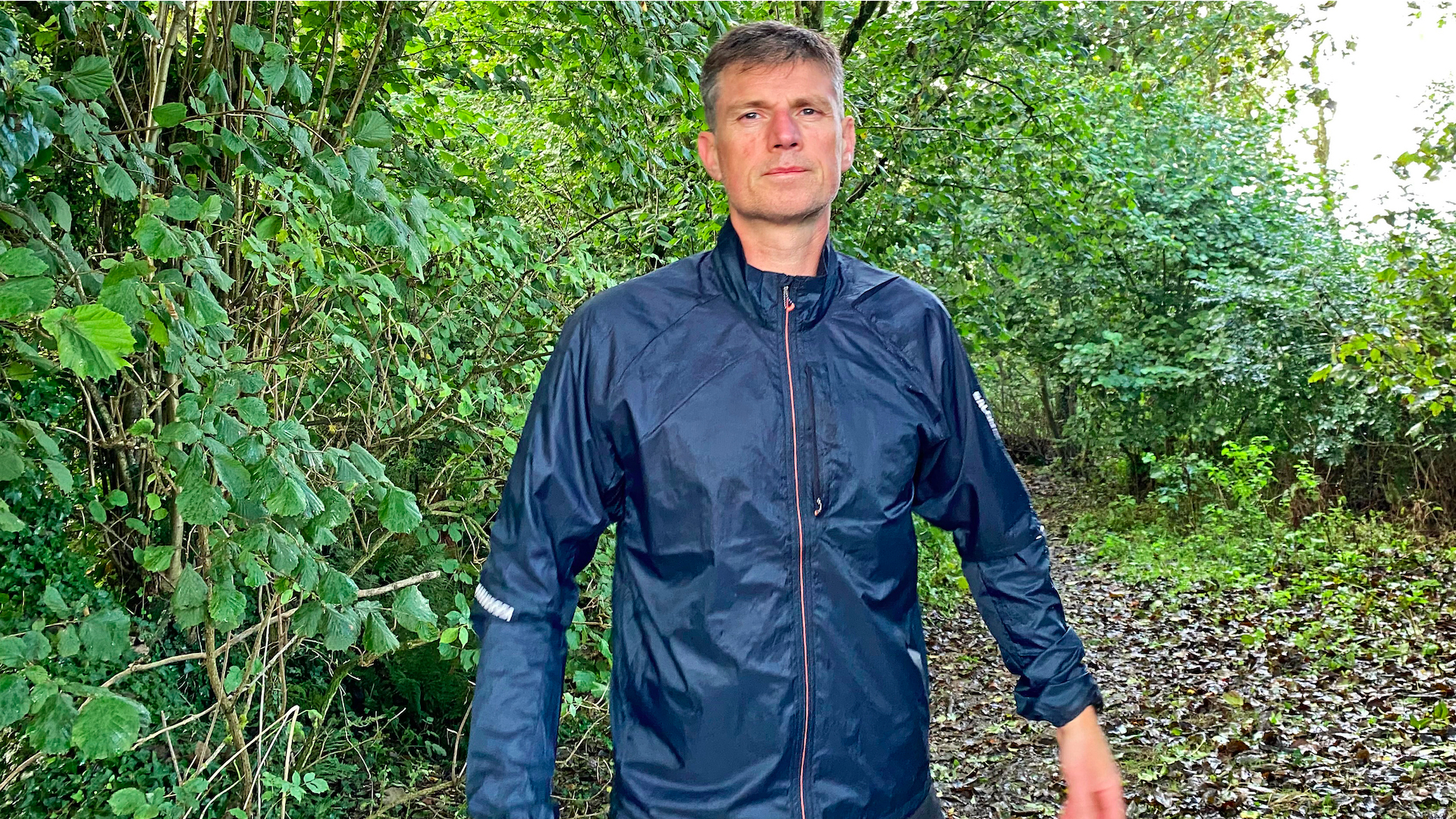

Author of Caving, Canyoning, Coasteering…, a recently released book about all kinds of outdoor adventures around Britain, Pat has spent 20 years pursuing stories involving boots, bikes, boats, beers and bruises. En route he’s canoed Canada’s Yukon River, climbed Mont Blanc and Kilimanjaro, skied and mountain biked through the Norwegian Alps, run an ultra across the roof of Mauritius, and set short-lived records for trail-running Australia’s highest peaks and New Zealand’s Great Walks. He’s authored walking guides to Devon and Dorset, and once wrote a whole book about Toilets for Lonely Planet. Follow Pat’s escapades on Strava here and Instagram here.
